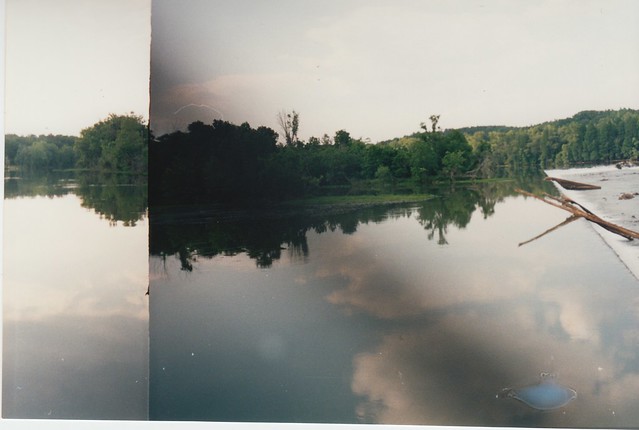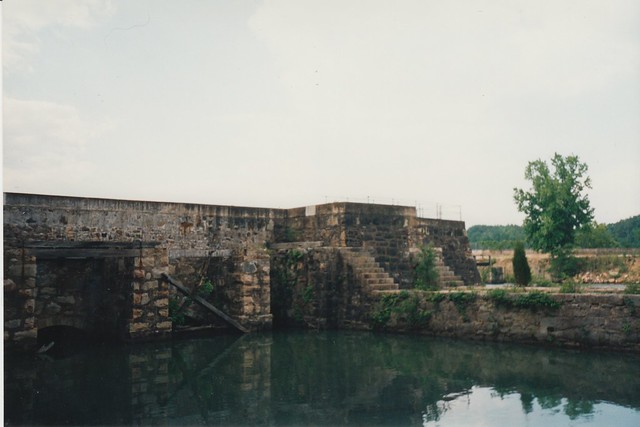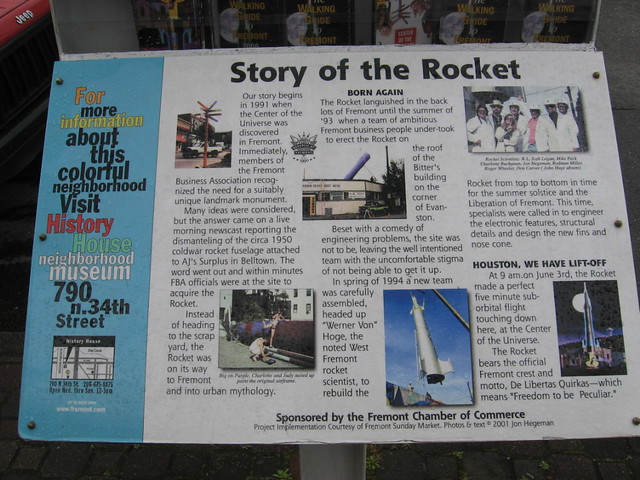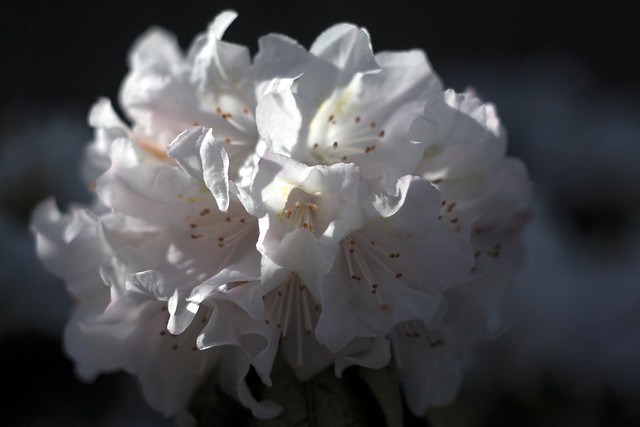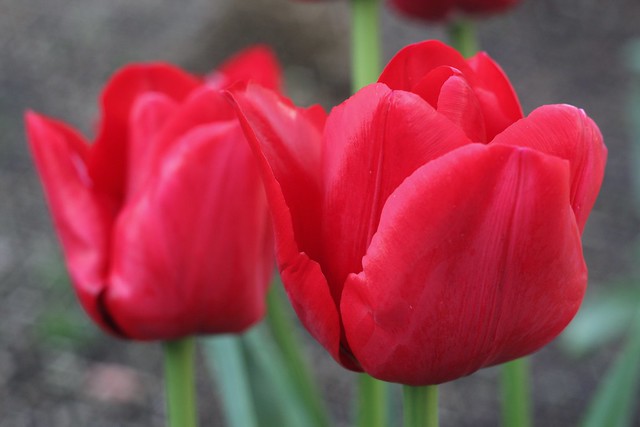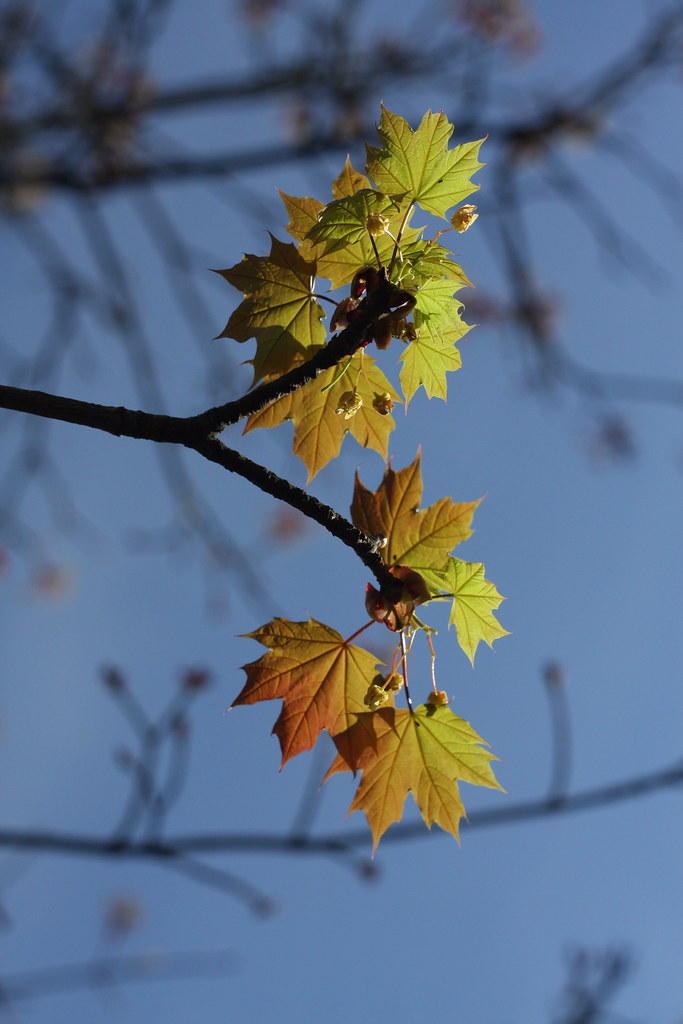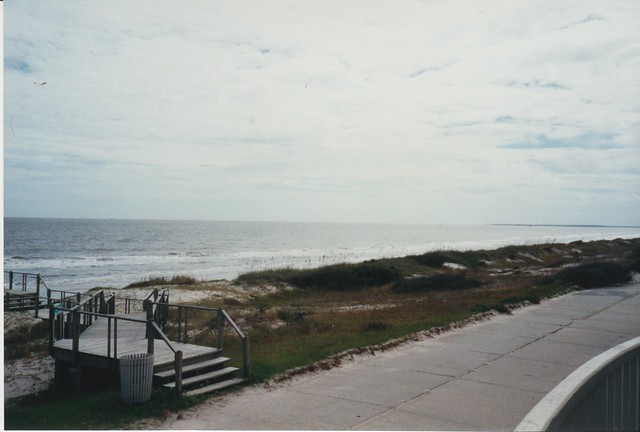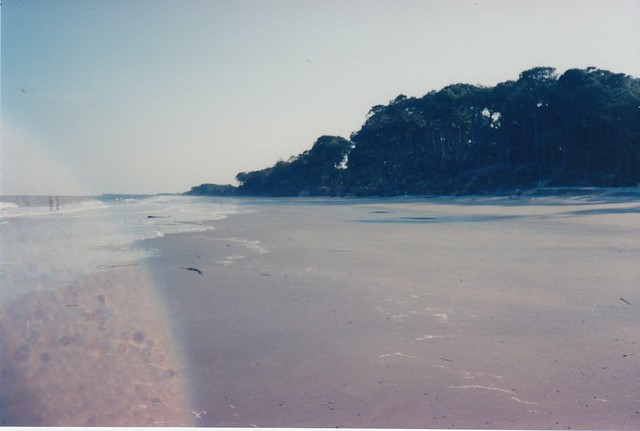[View Larger Map]
Here's a slideshow from the Vanport Wetlands natural area, just south of the Portland Expo Center. I'd ridden MAX to the end of the line to get some photos of the Oregon Slough Railroad Bridge (as one does) and I had some time to burn while waiting for the train back. So I figured I'd go take a look at the nearby lake. At first glance it looks like your standard run-of-the-mill wetland area near the Columbia, like Smith & Bybee Lakes, Whitaker Ponds, and many others. While that's basically true, there's an interesting story behind this place and how it got this way.
The first thing to know is that this isn't a regular city park, or even a Metro natural area. Instead, the Port of Portland owns and maintains it. Which is strange because their main business is running the Portland Airport and various shipping terminals, not creating duck habitat. It seems they needed to fill in about 14 acres of wetlands at the airport, so they had to create wetlands elsewhere as mitigation, and thus Vanport Wetlands was born. This is how the US Army Corps of Engineers wetland process works, more or less: They'll generally give you a permit to fill and build on wetlands, so long as you create or maintain some other wetlands elsewhere. The theory is that the new wetlands are supposed to be at least as good as the old ones. I suspect that's often not the reality; certainly the little fenced mitigation areas next to suburban minimalls don't look anything like real wetlands, for instance. I'm not a wetland biologist and I can't speak to how good of a job the Port did here, but at 90 acres the Vanport Wetlands are at least larger than the filled area they're supposed to replace.
Back in 2002, toward the end of the Port's restoration effort, they decided to embrace modern technology and they put up a website about the area, its history, and its future, rather than installing the usual interpretive signs at the lake itself. That website has unfortunately been defunct for several years now, but it turns out that the (usually) trusty Wayback Machine has a copy. So I can fill in a few details about the place's unusual history.
Prior to the wetland restoration project, this site had been home to KGW radio towers since the mid-1920s. A pair of 625' towers stood near the center of today's lake. A nearby creepy-looking multistory transmitter building apparently dated to before the 1948 Vanport Flood, which devastated the once-populated surrounding area. The rest of the tower site was a forest of guywires supporting the two antennas. Less visibly, the towers were connected to a grid of buried copper grounding wires, I suppose in case of thunderstorms or something. All of this had to be removed as part of the restoration project, so it wasn't just a matter of taking down the towers and flooding the place. The towers were toppled in December 2000. It's a shame the one online video clip of the toppling is a pre-YouTube, postage-stamp-sized Windows Media file, but that was the state of the art back then. Frankly, I have no idea how we got by in those days.
I couldn't get very far during my brief visit because the Vanport Wetlands are surrounded by a chain link fence topped with barbed wire, and the only gate is closed and locked. The old website explains that this is intentional:
Until 2001, access to the site was restricted to a gate on the eastern boundary of the property off N. Expo Road. Following mitigation construction, a second gate, along the northern boundary of the property, was installed. Due to the conservation restrictions placed on the property, there is presently no public access to the site.
A chain-link fence now surrounds the site, with the only vehicle entrance being a gate at the northern end of North Expo Road. Visitors must receive Port of Portland permission to enter the property due to the sensitivity of the wetlands restoration effort underway there. Once native wetland vegetation is firmly established, the Port anticipates some public use of the property for passive recreation and educational activities.
To my untrained eye the wetlands certainly look established at this point, but clearly this maybe-someday public access hasn't come to pass yet. I can see it not being a high priority for the Port; It's not exactly their core business, after all. They do operate a couple of other public parks, though, although none of them are nature areas: McCarthy Park on Swan Island, and the Stanley Park Blocks and much of the Marine Drive Trail near the airport.
The closure may not be that big of a deal, though, since (as far as the general public goes) the Vanport Wetlands are mostly of interest to
birdwatchers. If you're serious about birding, you presumably already have gear for observing from a distance -- binoculars, monster telephoto lenses, etc., and I suppose the fence isn't that big of a deal in that case, so long as you can get an unobstructed view over it from somewhere.
The water comes right up to the property line (at least on the east side of the lake), so it's not like they could put in an extensive trail system here, and I think the lake's too shallow for canoes most of the year, but I imagine a boardwalk or observation deck would be doable at some point.
For what it's worth, there seems to be a minor geographic dispute about just what the lake is called. The Port's old website says it's called "Force Lake", but Google and the Friends of Force Lake say the real Force Lake is just northwest of here, on the other side of Force Avenue. Which I think would make this lake Not The Lake You're Looking For. I'm sorry, that was lame and I apologize.
